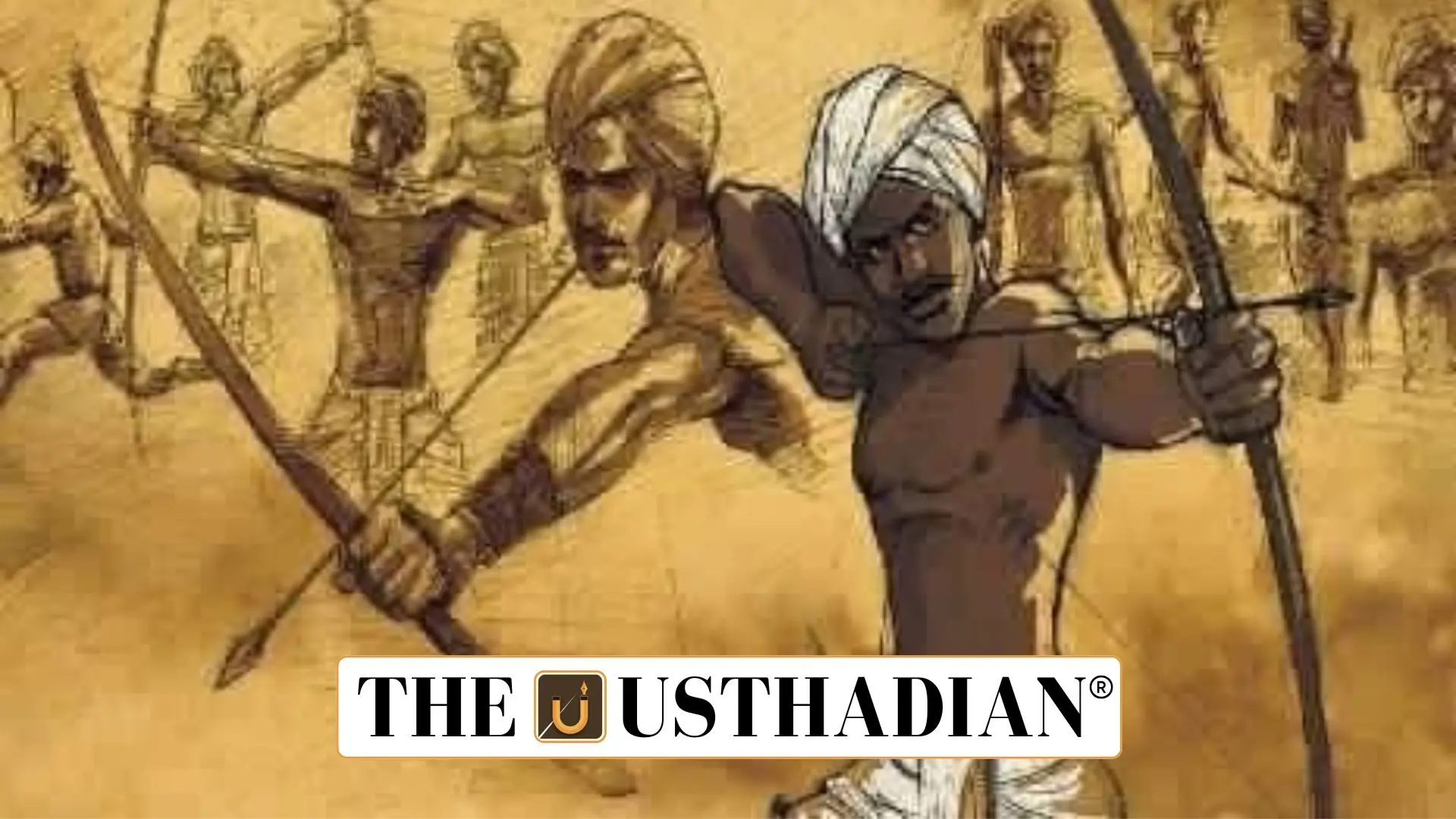Early rebellion before 1857
Santhal Hul marks 170th Anniversary: The Santhal Hul began in 1855, two years before the better-known 1857 Revolt. It was one of the first organised tribal revolts against British rule in India.
Led by Sidhu and Kanhu Murmu, the Santhals launched this rebellion to fight the exploitation by British authorities and zamindars. Over 10,000 Santhals joined the movement, challenging colonial structures in eastern India.
Static GK fact: The 1855 Santhal Rebellion is often termed as the “first people’s war” against colonialism.
Why the Santhals revolted?
The roots of the rebellion can be traced back to 1832, when the East India Company set aside the Damin-i-Koh region for Santhal settlement.
Though promised protection and land, the Santhals faced land alienation, high taxes, and bonded labour. Moneylenders, traders, and zamindars took control of their land, reducing them to serfs.
Static GK fact: Damin-i-Koh translates to “skirts of the hills” and was located in present-day Jharkhand.
The rebellion gains momentum
The uprising began in June 1855, with Santhals using guerrilla warfare to resist British troops. The rebellion spread rapidly across Bhagalpur and Rajmahal Hills.
However, the British, equipped with modern firearms and war elephants, retaliated with full force. Both Sidhu and Kanhu were eventually killed, and the movement was suppressed by 1856.
Long-lasting legacy
Despite its suppression, the Santhal Hul left a powerful legacy. It exposed the brutality of British economic policies and inspired later revolts like the 1857 uprising.
It also highlighted the tribal struggle for land, identity, and justice, themes which would echo in movements for decades to come.
Static GK fact: The British later reorganised the region into the Santhal Parganas to better control the tribal population.
Remembering Hul Diwas
Every June 30, Jharkhand and parts of eastern India commemorate the rebellion as Hul Diwas. Events, speeches, and cultural programmes honour the sacrifices of the Santhal warriors.
In 2025, the 170th anniversary of Santhal Hul was widely marked across India, reminding the nation of the importance of tribal contributions to the freedom struggle.
Connected tribal resistances
The Santhal Hul is part of a wider arc of tribal uprisings in India. These include:
- Munda Rebellion (1899–1900) by Birsa Munda
- Paika Rebellion (1817) in Odisha
- Kol Uprising (1831–32) in the Chotanagpur plateau
Each movement was rooted in the defense of tribal land and culture against exploitative colonial systems.
Static GK Tip: Tribal revolts played a significant role in shaping colonial administrative policies and land revenue systems.
Static Usthadian Current Affairs Table
Santhal Hul marks 170th Anniversary:
| Topic | Detail |
| Year of Santhal Hul | 1855 |
| Leaders of the Rebellion | Sidhu Murmu and Kanhu Murmu |
| Region of the Revolt | Damin-i-Koh (now Jharkhand) |
| Commemoration Day | June 30 – Hul Diwas |
| Cause of Rebellion | Land alienation, bonded labour, British exploitation |
| Number of Rebels | Over 10,000 Santhals |
| Suppression Year | 1856 |
| Impact | Inspired 1857 revolt and tribal rights awareness |
| Other Tribal Revolts | Munda, Kol, Paika rebellions |
| Anniversary Year | 170th in 2025 |








